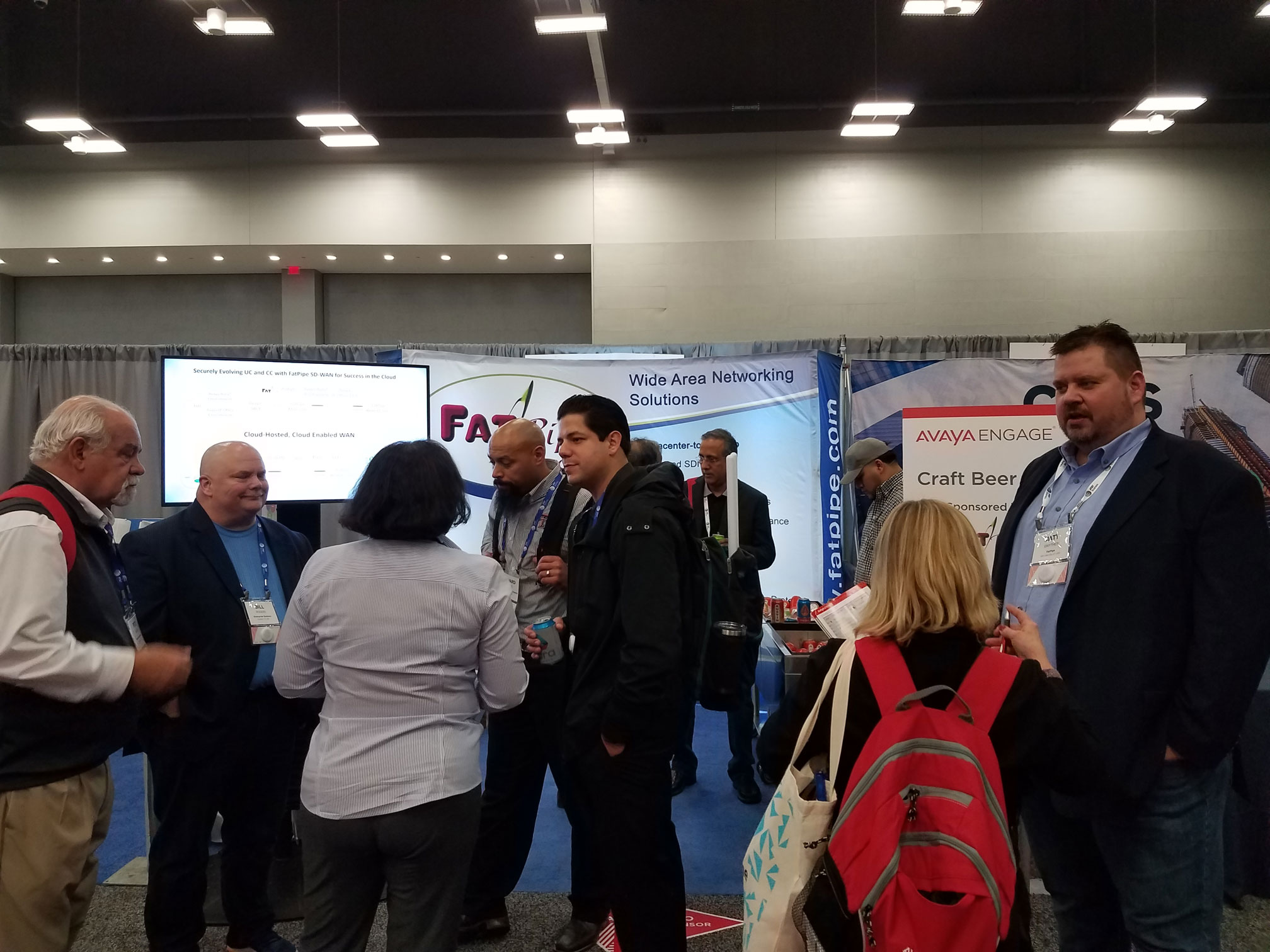Avaya and FatPipe Partner to improve customer mobile experience
Toll Free is still popular, but using a mobile provides new challenges
Toll-free numbers aren’t going away any time soon. Companies still use them to connect customers to their contact centers. What’s different from a few years ago is that most contact center calls now come from mobile devices. And while companies are confident that they’re providing a good mobile experience, their customers don’t often feel the same.
One problem contact centers face is having to pay for each call going through a toll-free line, whether it originates from a smartphone or a landline. This significantly adds to a company’s operating expenses. The Avaya Mobile Experience (AME), launched in 2018, addresses this problem by lowering toll-free and agent costs. The cloud-based service can send incoming calls directly to a contact center without passing it to a fixed network.
AME identifies when a call is coming from a mobile phone, transfers contextual information on the caller to a contact center, and deflects calls to the mobile web for a richer customer service experience. If a caller chooses that option, the toll-free call ends and they receive a link for personalized access to a website. Customers can then use self-service tools like chatbots or a combination of voice, video, and co-browsing.
SD-WAN provides better visibility
With the proliferation of smartphones, consumers have come to expect a seamless digital experience. When dialing a toll-free number, they want agents to know who they are and have additional context that could speed up the call. AME was designed with those needs in mind. It collects customer information to assist contact center agents, so they can handle a call more efficiently if a customer prefers to interact via voice.
Greater multichannel engagement equips companies with valuable insight about customer behavior. But to pull it off, companies need a reliable network that prioritizes voice over IP (VoIP), video, and other real-time traffic without dropping sessions. By deploying a software-defined WAN (SD-WAN), companies can have better visibility into their network. An SD-WAN performs over any type of transport—including MPLS, broadband, cellular, and satellite—and selects an optimal path for each data packet.
A SD-WAN infrastructure needs reliable internet connectivity with sufficient bandwidth. SD-WANs provide operational flexibility, but also create complexities that stem from implementing WAN load balancing for internal, internet-facing, and mobile workloads. Thus, they require monitoring and tuning internet throughput for performance. A SD-WAN infrastructure must also include secure access to mobile devices as traffic is transported outside the firewall.
FatPipe and Avaya Mobile Experience (AME) helps improve overall customer experience
FatPipe, a provider of intra-corporate WAN solutions, has developed a secure multi-path VPN (MPVPN) to be implemented for hybrid WAN. It supports bidirectional quality of service (QoS), which monitors the sending and receiving of calls/sessions. An advanced routing architecture that utilizes MPVPN can correct up to 15 percent packet loss on diverse circuits simultaneously, while maintaining toll-quality calls and seamless failover.
Contact centers with mobile customers looking to migrate away from high cost MPLS circuits, now have the option of deploying FatPipe’s dual-path SD-WAN for AME. FatPipe and Avaya came up with a combined solution that equips contact centers with a hybrid WAN mobile infrastructure, which can reduce toll call expenses by up 40 percent annually, per FatPipe.
Call center response is vastly improved
The vendors formed a global alliance to help contact centers achieve those cost savings through joint product verification, pre-integration, and certified solutions. Beyond cost savings, the vendors see companies bridging an existing technology gap.
Companies that implement FatPipe’s SD-WAN with AME can control, monitor, and maintain multiple WAN connections, eliminating the need for Internet Service Provider (ISP) management. As a result, smartphone users get more self-service options on a hybrid network that’s flexible and can accommodate new cloud-based applications.
Contact FatPipe Networks at 801-683-5656 x 1224 for more information. www.fatpipeinc.com.






